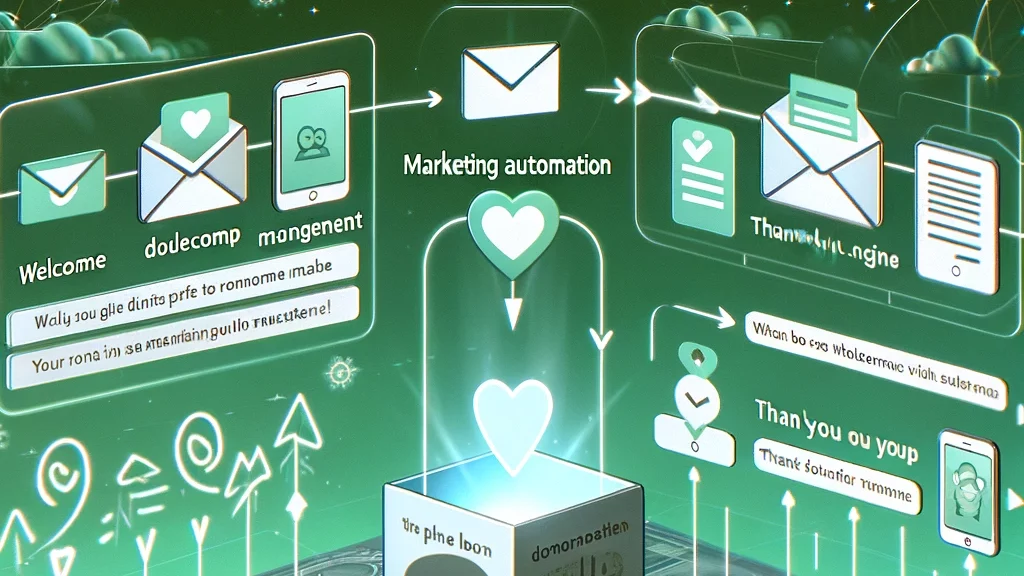That doesn’t mean you should completely dismiss the idea of “gifts”—especially for existing donors. You can bring them a small joy and simultaneously strengthen the relationship with them. A small sticker with a thematically appropriate, decorative motif as a “thank you” doesn’t cost much and is usually very well received. For larger donations or long-term supporters, a t-shirt with your organization’s design might be appropriate. A good occasion for this could be the mailing of the annual report.
In any case, give your supporters the option to decline gifts. You can note this preference in your CRM so that these individuals are excluded from the next selection of recipients. This also applies to thank-you letters, calls, and similar gestures: respect your donors’ wishes!
2. Keep Your Donors Updated
Anyone who donates their hard-earned money for a good cause wants to know what is being done and achieved with the money. Good communication and information are essential for this.
So, regularly send updates on your projects, communicate successes and progress, and clearly explain how the donation has helped. In the interest of transparency, it also makes a good impression to communicate failures—provided you also explain what went wrong and what you plan to do about it.
To reach as many donors as possible with your communication, encourage them—e.g., on your website—to subscribe to your newsletter. You can also integrate a newsletter subscription field into your donation form (e.g., through custom fields in FundraisingBox).
Your non-profit’s website is usually the first point of contact for people wanting to learn about your work. Make sure it is always up-to-date and that all relevant information is easy to find! Social media and a blog on your website are also excellent for sharing news.
Always remember: communication is not a one-way street. Listen to your donors, be accessible, and approachable—this strengthens trust in your organization.
3. Build Trust
Donating has a lot to do with trust. After all, people want their donations to do good but must trust that the non-profit will manage them well and honestly. Unfortunately, many stories—true and false—about donation fraud circulate. Therefore, many people are understandably skeptical and critical.
Show transparently and openly how your organization uses the donations. The best way to answer these questions is on your website:
– How is your non-profit’s income composed (private donations, corporate donations, sponsorships, grants, others)?
– How much of this went to each project?
– How much was used for the organizational structure?
The last point is still sensitive. The understanding that non-profits cannot operate without (paid) infrastructure is still low in society. Non-profits are judged by very different standards than for-profit companies, which is very unfair. Being transparent can be a step towards more understanding and acceptance.
Donation seals can also contribute to a trustworthy appearance. They have a consistently good reputation and guarantee the appropriate use of donations. However, they come with significant bureaucratic effort and costs, which can be a major hurdle, especially for smaller non-profits. In Germany, there is the DZI donation seal, in Austria the ÖSGS, and in Switzerland Zewo.
4. Be Personal
Automating thank-you emails and similar communications can be a real relief. However, personalization is crucial: in addition to a personal salutation, you can refer to the specific project funded or address other more or less individual topics.











